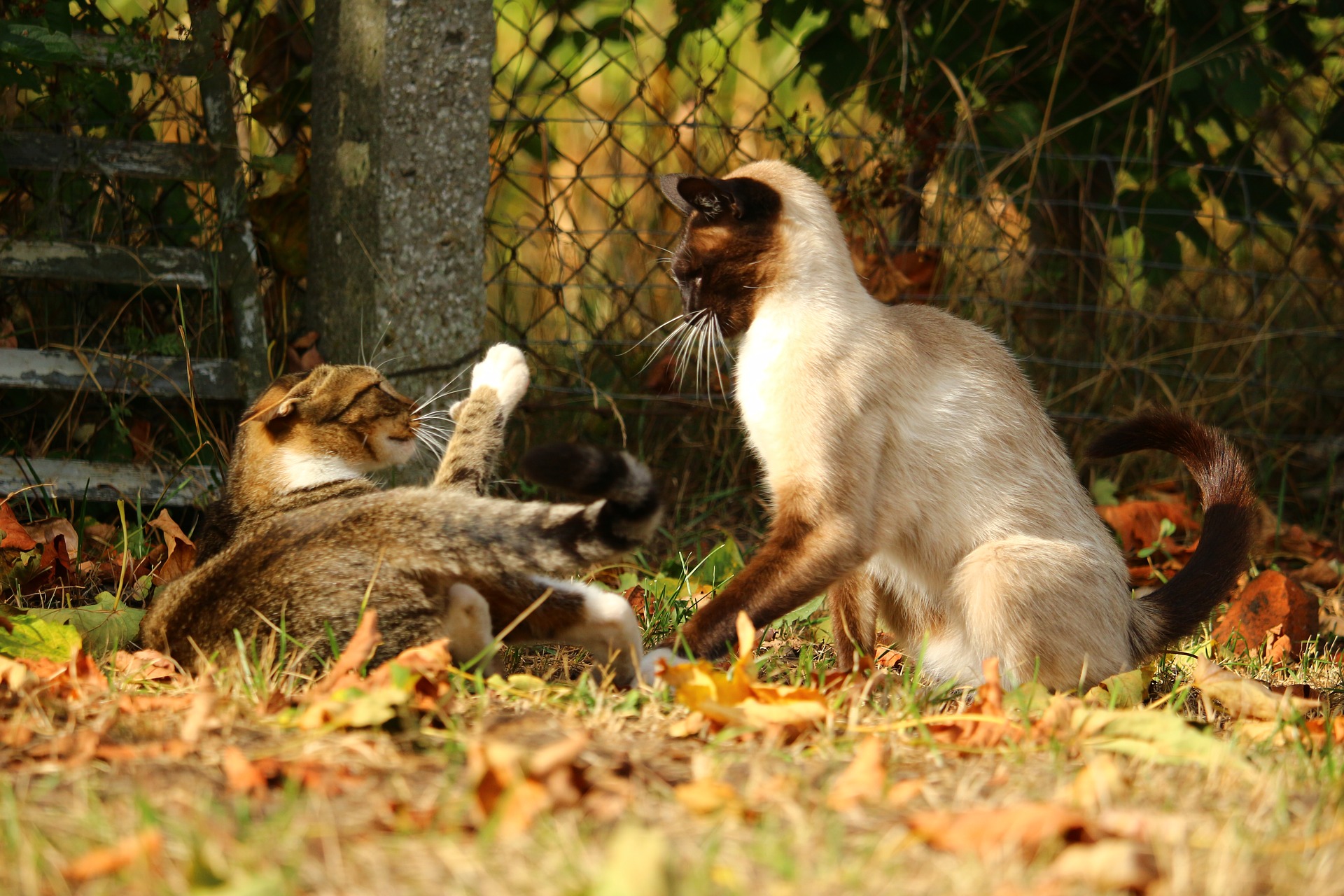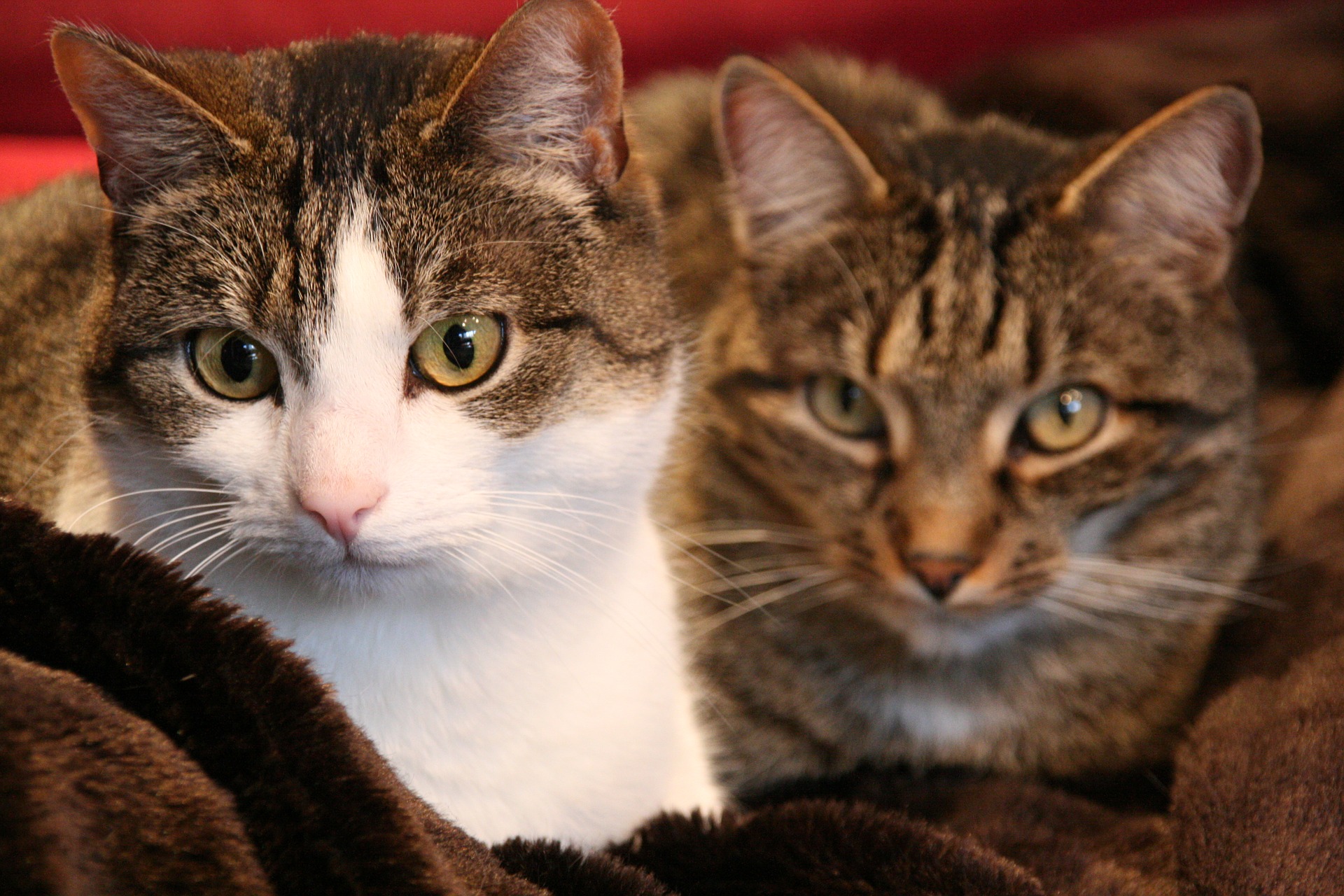When you bring home a new cat, it’s certain to disrupt life for your current cat or cats. While cats can absolutely learn to get along and live together, they really need a proper introduction period to help them get to know each other. Unfortunately, many cat owners make some common mistakes when introducing their cats, and they add to the stress and feelings of being threatened that these cats can experience. If you’re planning to bring a new cat into your home, invest in learning about the process ahead of time. When you understand how to introduce cats well, you can help keep them safe and minimize the stress that everyone feels during this transition.

How long should you wait to introduce two cats?
When introducing your cat to another cat, it’s so important to make introductions gradual and safe. Just bringing another cat into your home and letting it loose is asking for fights and potential injuries. It’s unfair to the new cat, who will essentially be invading your current cat’s territory and may make your current cat unusually aggressive because he feels like his space and safety are being threatened.
Instead, go slow. Put your new cat into a room where you can close the door and keep him entirely separated from your current cat. A spare bedroom or an office is ideal for this. Choose a space where your cats can smell each other but can’t see each other.
After a few days, switch the cats’ spots. Carry your new cat out of the room and put your current cat into the new cat’s room. Then, let the new cat explore the home a little. This allows them to further explore each other’s scents and get familiar without having direct contact with each other.
As your cats get more comfortable, you can start to let them get to know each other — but while still separated. Install a pet gate into the doorway of the room where your new cat is staying, then feed both cats simultaneously in locations where they can see each other. Keep the bowls well distanced at first, and then gradually move them closer as the cats get more comfortable with each other.
Eventually, once your cats are well acquainted and tolerant of each other, you can start to remove the pet gate and let them meet. Keep in mind that there may still be disagreements, and you’ll need to be prepared to separate the cats if needed. Always stay present and keep these initial interactions short. As your cats get along better, you can gradually extend the duration of these sessions.
How long does it take for cats to get used to each other?
It’s also too common for cat owners to expect that their cats will quickly get used to each other and get along. They rarely do, and taking that approach can potentially get your cats hurt.
You’ll need to be patient and watch your cats’ behavior to determine how well they’re getting on. It’s important to keep your cats separated until you’re confident that they’re used to each other. This can take weeks or months, depending on your cats’ personalities. Most importantly, don’t rush the process and let your cats tell you when they’re ready to really interact.

Is it normal for cats to hiss when introduced?
Hissing is one way that cats communicate, and cats hiss when they’re feeling threatened. Hissing’s completely normal at the first meeting, but by taking steps to create a gradual introduction and build both cats’ confidence, you can minimize the hissing that occurs.
Introducing new cats isn’t always easy, and it’s not the quick process you might hope it would be. But when you take the time to do introductions right, you can minimize the stress for both cats and increase their chances of getting along well. In addition to following the steps outlined above, you might consider using a cat pheromone diffuser to further promote a sense of calmness in your cats. It’s also important to remember to give your current cat plenty of attention so he doesn’t feel like it’s all going to the new cat. Be patient and watch both of your cats to determine how comfortable they’re getting with each other. With time, your cats should be able to live together happily.


